Vital signs are useful for detecting medical conditions. Pulse rate, body temperature, blood pressure, and respiratory rate are vital signs that every physician routinely checks. The menstrual cycle is another powerful tool of assessment, but it’s rarely brought up in much detail during clinical exams, or in everyday life.
Our menstrual cycles are messengers sending messages so apparent but readily ignored through tampon use or through the use of drugs that manipulate our cycles or stop our flow altogether.
What if we were taught what it meant to have brown, bright red blood or purple clots in our menstrual blood? How to determine what constitutes a heavy or light flow and what that flow may indicate? Did anyone tell you that periods weren’t supposed to be painful?
Not a single person told me what was normal or what to expect beyond the consensus that periods suck, were gross and painful. I was advised not to wear white pants during menstruation because the blood might soak through the pad or tampon and then *gasp* everyone will know I’m having a period! I was also instructed on how to manipulate my flow so that it didn’t interfere with “special events”.
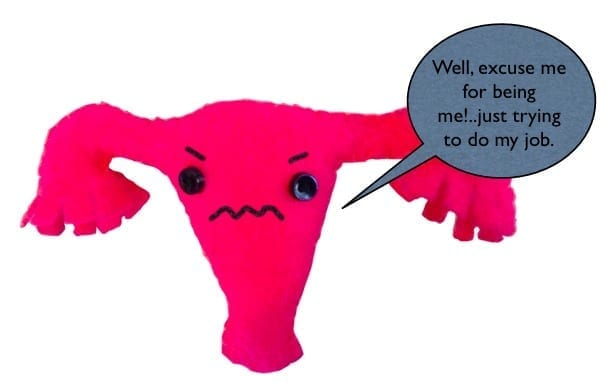
All of these conventional beliefs are constructed around ignorance and shame. I still hear adults talk about menstruation in the same exact way today. We need to change the conversation. Aside from the vital medical information menstruation possesses, attitudes stemming from the repulsion of our own bodies have a detrimental effect on women and the way women are treated. Read about my period story HERE.
Separation creates suffering– you are your muscles, liver, uterus, belly, and blood. Embrace it. Listen to its wisdom.
Did you know:
- purplish clots (like crushed blueberries) can be a sign of high estrogen.
- breakthrough bleeding in the second half of your cycle can be a sign of low progesterone
- amenorrhea can be a sign of low estrogen
- cycles longer than 35 days can be excess androgens (testosterone)
- heavy periods could be a sign of low thyroid, fibroids, or any of these other factors.
- short cycles with heavy bleeding may be related to a quick/think endometrial build-up caused by estrogen dominance
Those are just a few examples and are not exclusive to other possible causes.
“Young patients and their parents often are unsure about what represents normal menstrual patterns, and clinicians also may be unsure about normal ranges for menstrual cycle length and amount and duration of flow through adolescence. It is important to be able to educate young patients and their parents regarding what to expect of the first period and about the range for normal cycle length of subsequent menses. It is equally important for clinicians to have an understanding of bleeding patterns in girls and adolescents, the ability to differentiate between normal and abnormal menstruation, and the skill to know how to evaluate young patients’ conditions appropriately. Using the menstrual cycle as an additional vital sign adds a powerful tool to the assessment of normal development and the exclusion of pathological conditions.” -Pediatrics. 2006 Nov;118(5):2245-50. Menstruation in girls and adolescents: using the menstrual cycle as a vital sign
Knowledge is power, it pays to know your body! When you understand your body, you become an active participant and authority in the healing process.
Here are a couple of useful tools to get to know your flow….
I highly recommend the Fix Your Period course. The course exceeded my expectations in so many ways! I’m blown away by Nicole’s knowledge and ability to present the complex endocrine system in a way that is easy to understand. What Nicole teaches EMPOWERS women with the knowledge of how the body works and tools to use to reclaim a healthy vibrant life. I wholeheartedly believe the Fix Your Period course should be required material for every woman! The Fix Your Period Course is a great compliment to my Womb Care online course that will be focused on manual, movement and self-care.

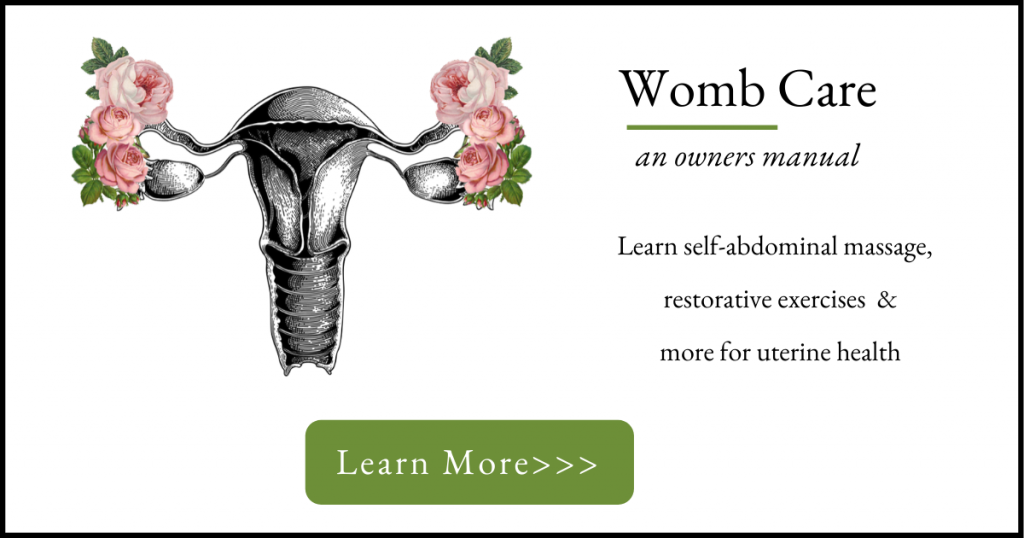
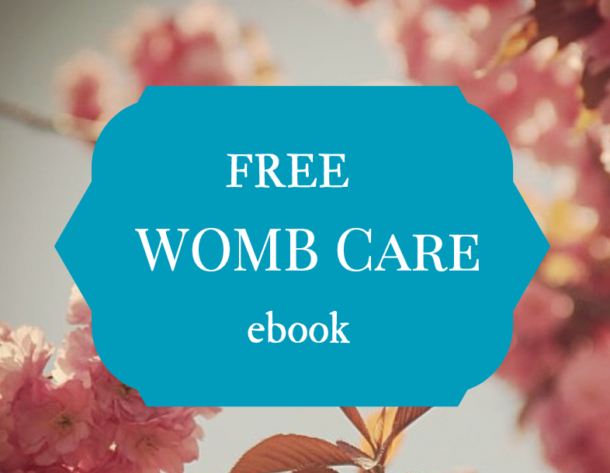

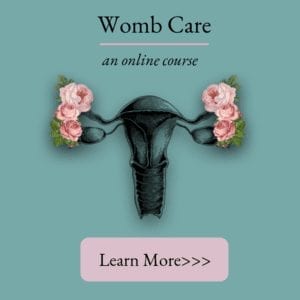
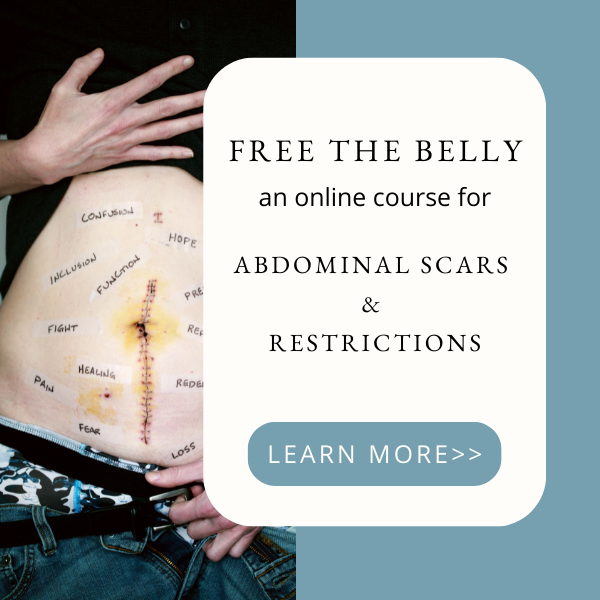
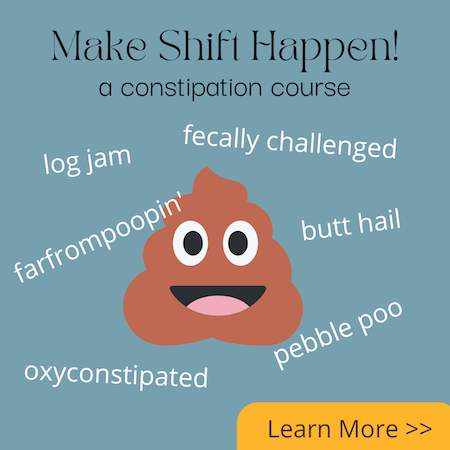

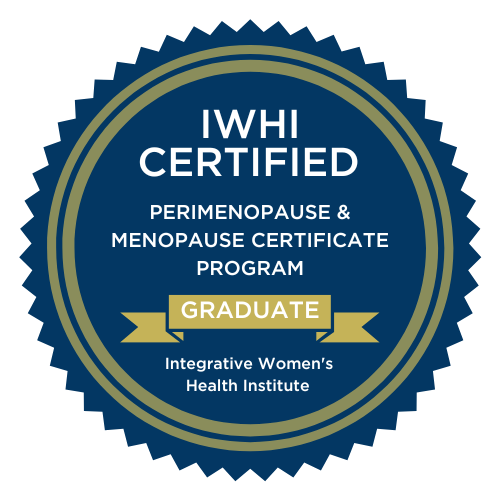
Hi Barbara! What about short cycles (averaging 20-22 days, during stressful times every 18 days)? I’ve been working with a naturopath for a couple of years now to lengthen my cycles and haven’t made progress. I honestly haven’t found much literature online to address the root causes of this. It seems like there is more info on ammenorrhea or long cycles. I know that I have low progesterone, and was on bioidentical progesterone, evening primrose oil and Vitex and haven’t had success. Any suggestions? Do you think this course would be helpful?
Hi Lily, I just asked Nicole about this…The “PMS and Painful Periods e-course is perfect because the exact same hormonal imbalance – estrogen dominance over progesterone – is the cause for short cycles in many instances.” I took the course myself and got so much out of it. It’s a well rounded course.
Thank you, Barbara and Nicole!
I rarely have a period with out the help of progesterone. When I do have one naturally, it is rarely predictable. No one has ever seemed concerned about it. Is this harmful?